Wild mushroom foraging combines the thrill of treasure hunting with the satisfaction of farm-to-table dining. The practice has gained popularity as more people seek to connect with nature and understand where their food comes from.
Expert foragers know that finding these woodland delicacies requires knowledge of specific environments and careful identification skills. Here is a list of 20 exceptional places worldwide where mushroom enthusiasts can discover abundant wild fungi varieties.
Each location offers unique species and foraging experiences for beginners and seasoned hunters.
Olympic National Park, Washington, USA

Olympic National Park’s diverse ecosystems create perfect conditions for mushroom growth year-round. The temperate rainforests, with their mossy floors, produce impressive quantities of chanterelles, morels, and lion’s mane mushrooms.
Local regulations allow personal foraging within daily limits, making it accessible for visitors who want to find their dinner ingredients.
New Forest, Hampshire, England

This ancient woodland has supplied mushrooms to British tables for centuries. New Forest boasts over 2,700 fungal species, including porcini, chanterelles, and field mushrooms that thrive in mixed woodland areas.
Autumn months transform the forest floor into a mycological paradise, with organized foraging tours available for those new to identification.
Like Travel Pug’s content? Follow us on MSN.
Karkonosze Mountains, Poland

Polish foraging traditions run deep in the Karkonosze Mountains, where generations have harvested mushrooms as a seasonal ritual. The mountain forests yield abundant boletes, russulas, and parasol mushrooms from late summer through fall.
Locals share knowledge freely with visitors, making this an excellent place to learn traditional European foraging methods.
Dordogne Region, France

The oak and chestnut forests of the Dordogne create ideal conditions for prized black truffles and cèpes. This gastronomic region takes mushroom hunting seriously, with seasonal markets dedicated entirely to wild fungi.
Guided tours help newcomers distinguish edible varieties while learning about mushrooms’ crucial role in French cuisine.
Telluride, Colorado, USA

The high-altitude forests surrounding Telluride produce exceptional porcini harvests that draw foragers nationwide. Late summer rains transform the mountainsides into mushroom havens, with diverse species growing abundantly.
The annual Telluride Mushroom Festival offers expert-led forays and identification workshops for enthusiasts of all levels.
Like Travel Pug’s content? Follow us on MSN.
Hokkaido Island, Japan
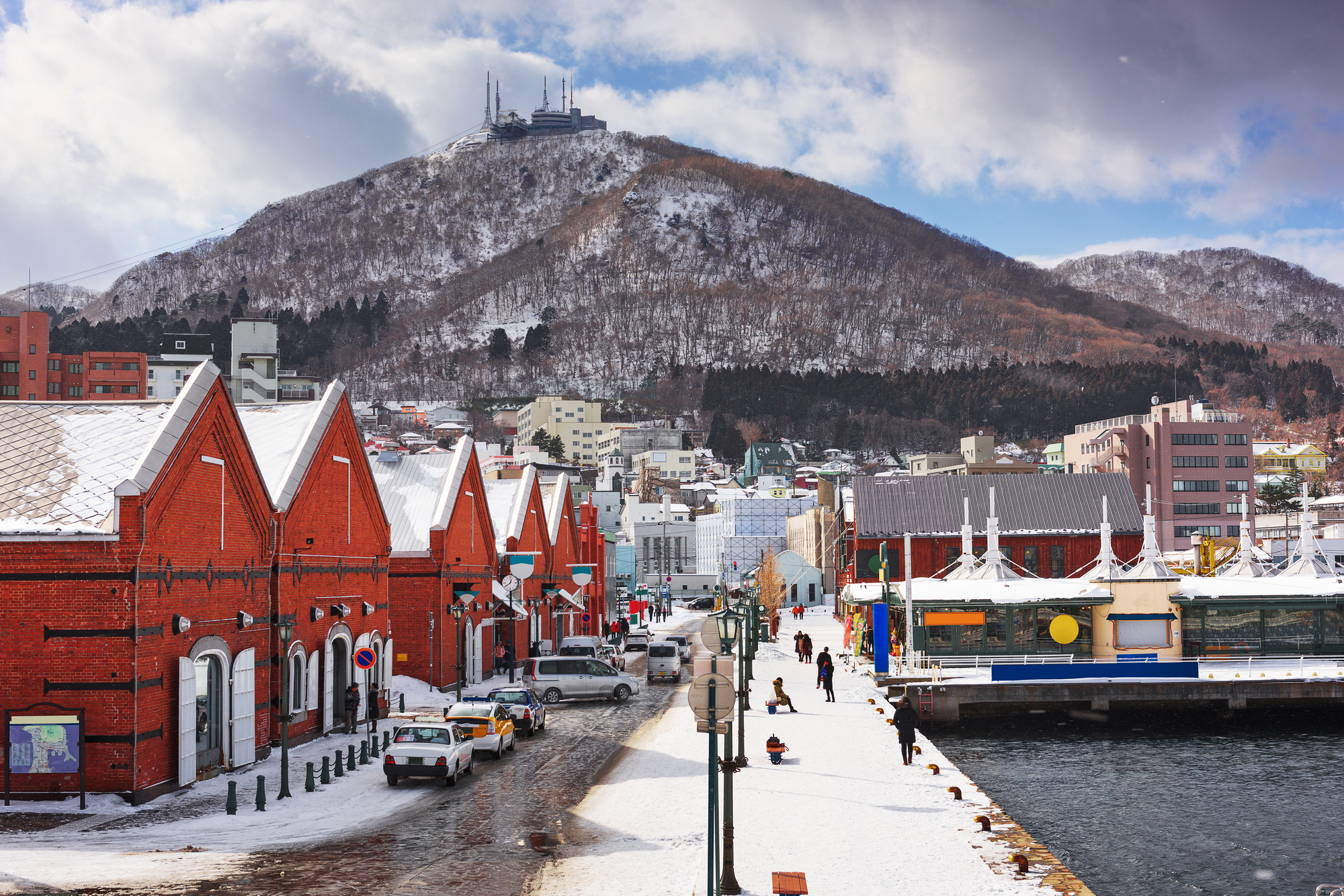
Japan’s northernmost island hosts pristine forests where matsutake and maitake mushrooms grow in undisturbed habitats. These highly prized varieties command premium market prices but can be foraged with proper permits.
The cultural reverence for wild mushrooms makes Hokkaido an educational experience beyond the harvest itself.
Black Forest, Germany
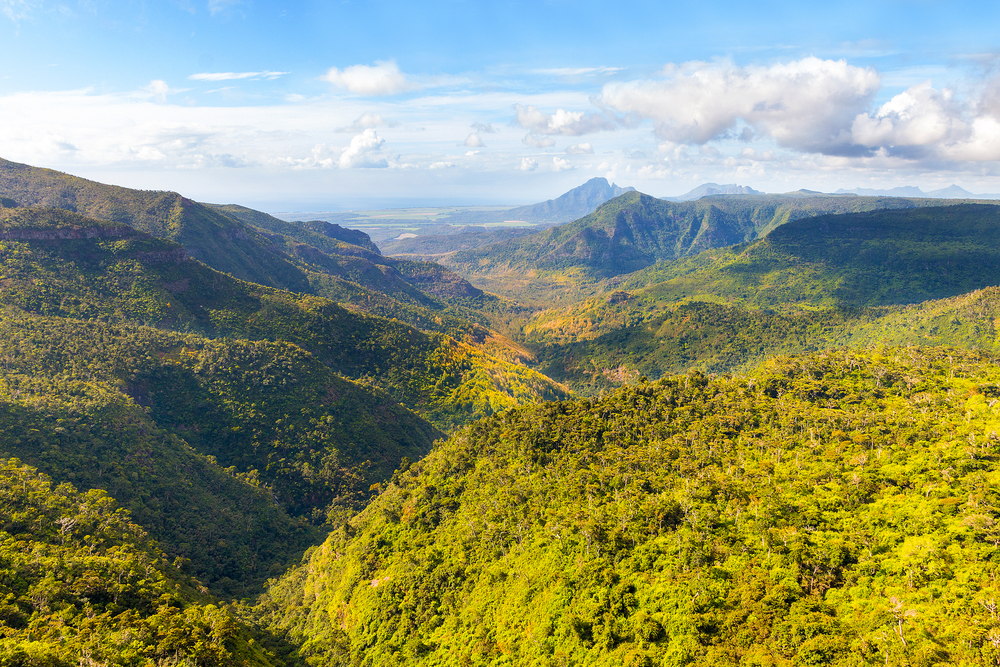
Germany’s famous woodland region produces remarkable diversity in edible fungi, including the coveted steinpilz. The mixed conifer and deciduous forests create microhabitats where mushrooms flourish after summer rainstorms.
Foraging paths are well-marked, and local forest offices provide species identification assistance to promote safe harvesting practices.
Southern Vancouver Island, Canada

The Pacific Northwest climate creates ideal growing conditions for chanterelles, pine mushrooms, and hedgehog fungi. Vancouver Island’s coastal forests maintain moisture levels that support mushroom growth year-round. Indigenous knowledge influences sustainable harvesting practices throughout the region, and community-led foraging experiences are available.
Like Travel Pug’s content? Follow us on MSN.
Otago Region, New Zealand

New Zealand’s South Island offers unique foraging opportunities with native and introduced mushroom species. During autumn, the Otago pine plantations produce magnificent porcini and saffron milk caps.
The relatively uncrowded forests allow peaceful foraging experiences with breathtaking mountain backgrounds.
Andalusia, Spain
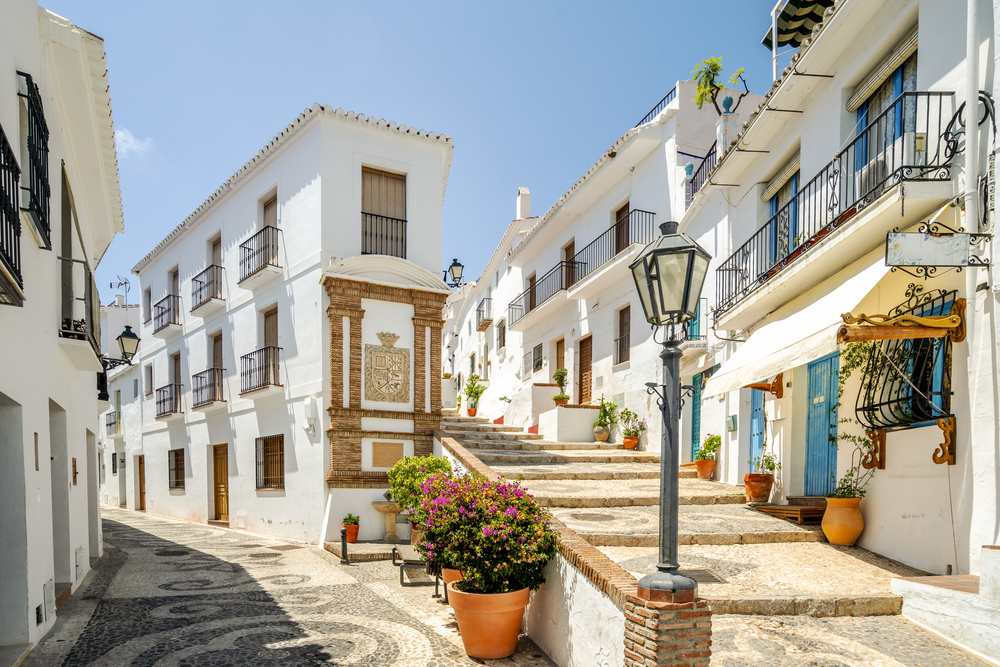
The dehesa oak woodlands of southern Spain yield exceptional mushroom varieties, including amanita caesarea, known as ‘the emperor.’ The spring and fall seasons bring different species, providing year-round foraging potential.
Local villages host mycological exhibitions, where experts help identify finds before they reach the cooking pot.
Lithuania’s National Parks
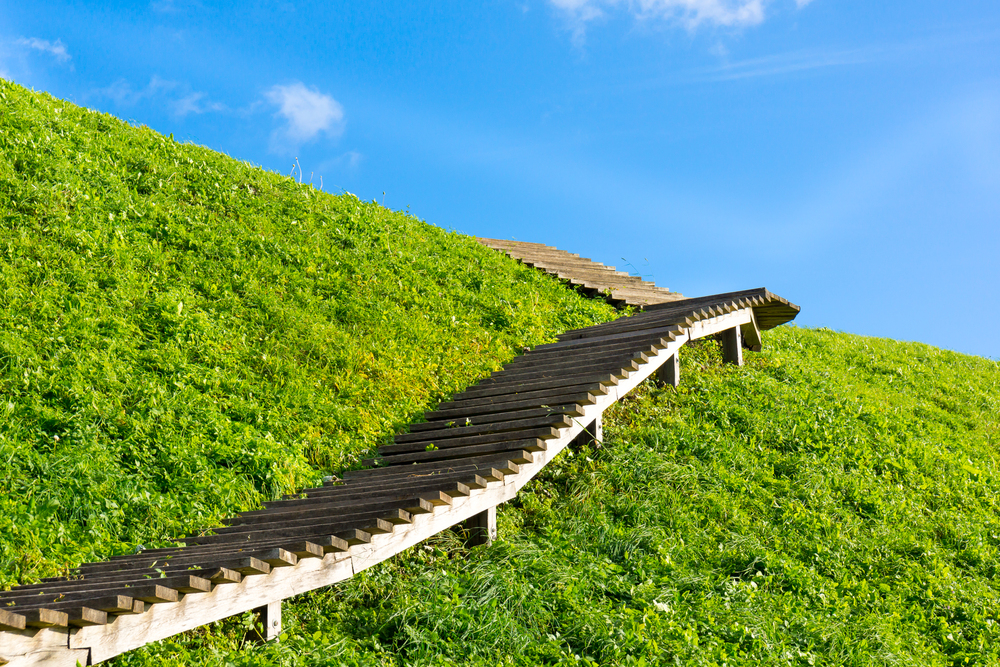
Lithuania maintains strong mushroom foraging traditions with dedicated conservation areas where sustainable harvesting is permitted. The Baltic forests produce abundant chanterelles, boletes, and unique regional varieties.
Mushroom picking represents cultural heritage here, with families passing identification knowledge through generations.
Like Travel Pug’s content? Follow us on MSN.
Tasmania, Australia

Tasmania’s temperate rainforests host both European-introduced species and native Australian fungi. The island state’s clean environment produces exceptional-quality slippery jacks and saffron milk caps.
Organized foraging tours emphasize conservation alongside identification, ensuring sustainable practices for future generations.
Vermont’s Green Mountains, USA
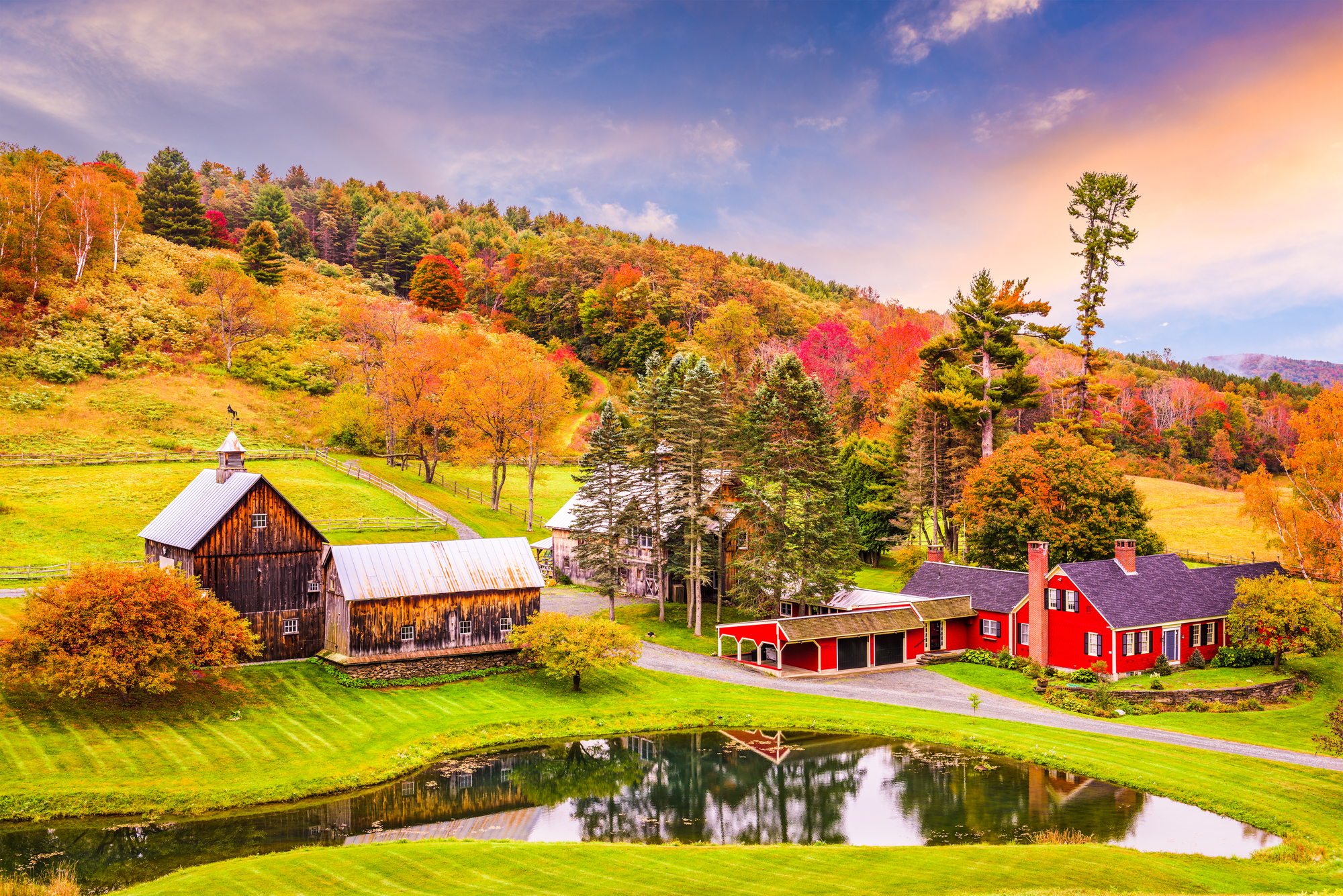
Vermont’s hardwood forests transform into mushroom paradises each spring and fall. Morels emerge as snow melts, while chanterelles and black trumpets appear in summer months under specific tree species.
The state has embraced foraging tourism, offering educational programs that combine woodland ecology with culinary applications.
Slovenia’s Triglav National Park
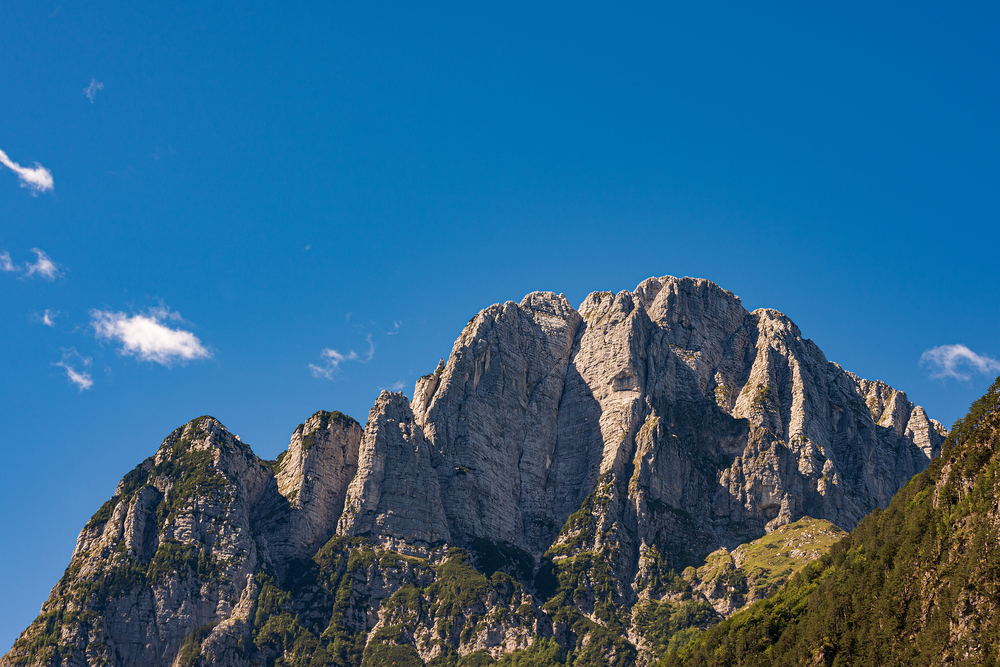
The limestone-rich soils of Slovenia’s alpine forests create perfect conditions for porcini and chanterelles. Traditional knowledge remains strong in rural communities where mushroom hunting connects cultural heritage with nature.
The dramatic mountain landscape adds visual splendor to the practical pursuit of gathering wild food.
Like Travel Pug’s content? Follow us on MSN.
Yunnan Province, China
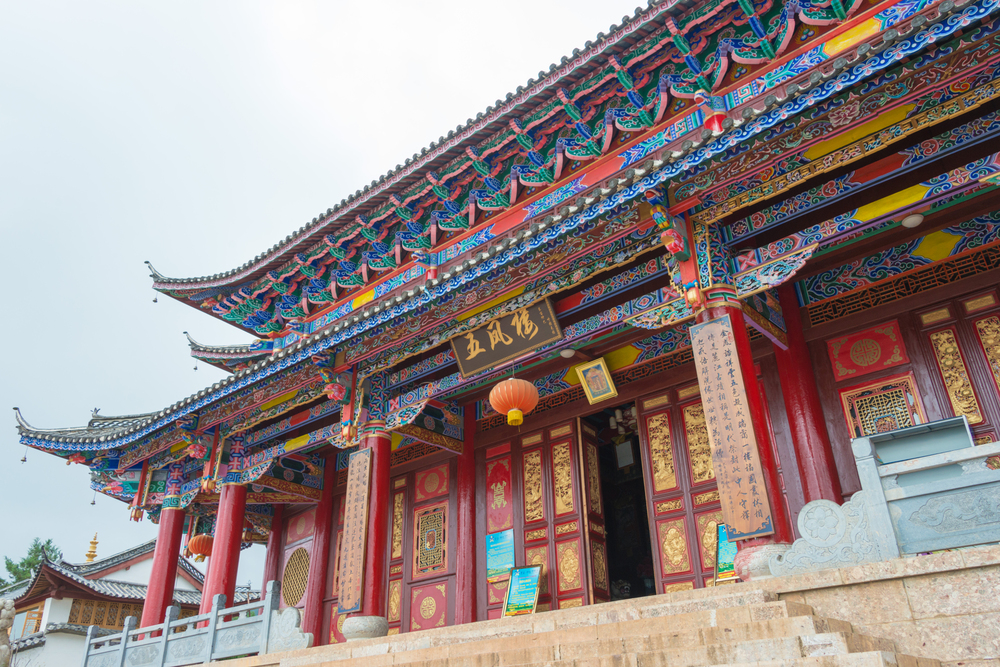
China’s southwestern province is one of the most varied mushroom ecosystems in the world, with more than 800 edible species. The mountainous terrain yields matsutake, boletes, and hundreds of varieties not seen in Western cooking.
Markets are filled with freshly foraged samples, and guided tours educate travelers on medicinal and culinary uses.
Borgotaro, Italy

This tiny Italian village gained protected geographical indication status for its superior porcini mushrooms. The nearby Apennine Mountain forests yield fungi with unique flavors prized by gourmet chefs worldwide.
Every year, Mushroom festivals honor the harvest while promoting sustainable harvesting practices that keep future growth intact.
Estonian Forests

Estonia’s open forests are not much touched and are perfect mushroom environments. The Baltic state has ‘everyman’s right,’ where people are free to forage in most of its forests during the mushroom season.
Traditional practices include drying and pickling summer crops for consumption in winter.
Like Travel Pug’s content? Follow us on MSN.
Scotland’s Cairngorms
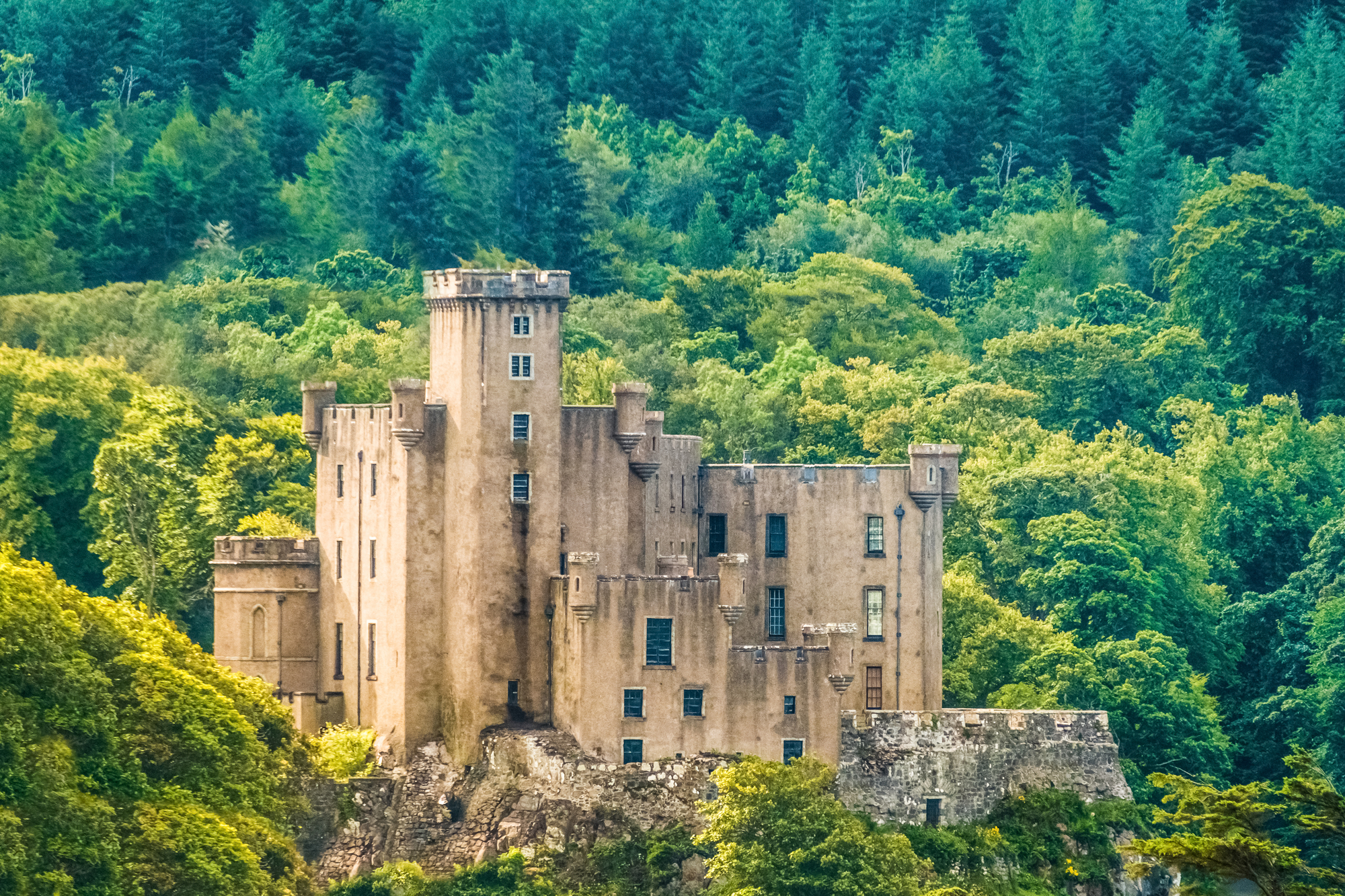
Scotland’s biggest national park is home to a variety of mushroom species that flourish in its ancient Caledonian pine woods. The cool, moist conditions favor chanterelles, hedgehog mushrooms, and birch boletes during late summer through fall.
Rangers offer identification help to encourage safe foraging while safeguarding rare species.
White Mountains, New Hampshire, USA

New Hampshire’s ancient forests provide perfect environments for dozens of varieties of edible mushrooms. Lion’s mane, chicken-of-the-woods, and black trumpets develop on certain trees along the mountain range.
The location near large cities makes this a favorite weekend getaway for city foragers looking for a woodland connection.
Like Travel Pug’s content? Follow us on MSN.
Western Cape, South Africa
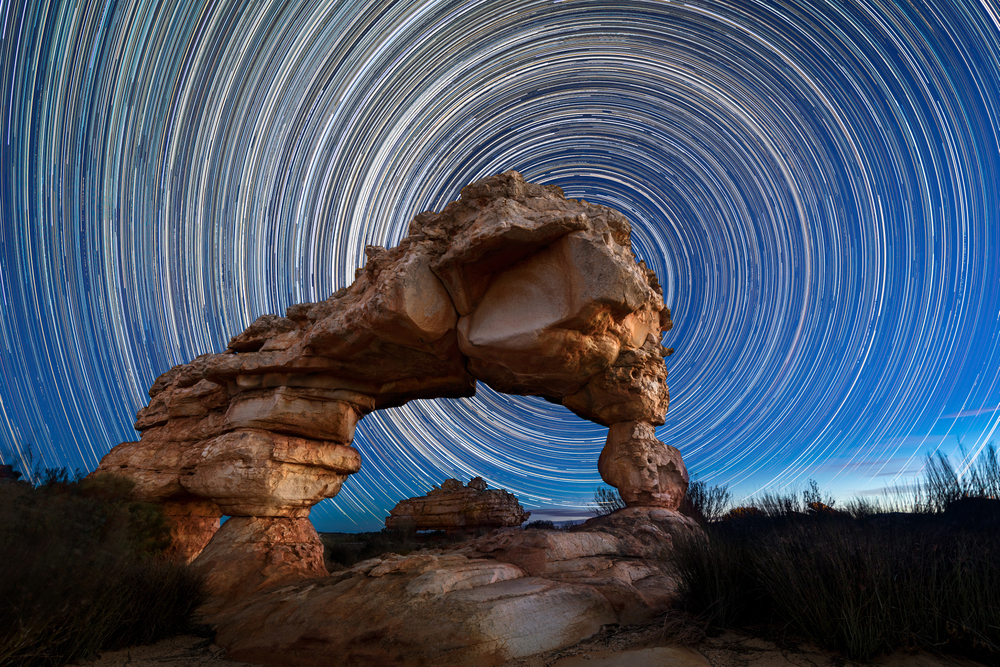
South Africa’s Mediterranean climates produce rare mushroom species that are not seen anywhere else. After winter rains, a pine plantation near Stellenbosch produces porcini mushrooms.
Guided forays by local mycological societies combine wine country excursions with mushroom picking for a complete cultural experience.
More from Travel Pug

- Cities Growing so Fast You Won’t Recognize Them in 10 Years
- 13 Destinations Where Tourists Regularly Regret Their Trip
- 20 Obscure WWII Sites Even History Buffs Don’t Know About
- 10 Under-the-Radar Mountain Towns That Are Both Affordable and Beautiful
- Remote Villages in Europe Where You Can Live for Free in Exchange for Work
Like Travel Pug’s content? Follow us on MSN.
